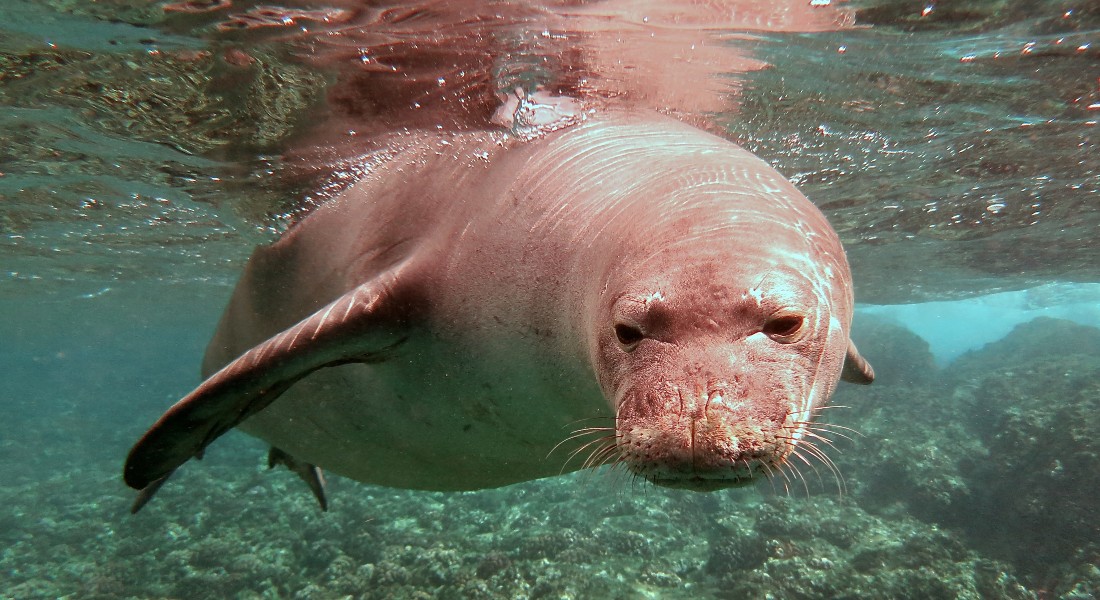AI can now be our eyes and ears in the forest and beneath the waves
Animal sounds combined with artificial intelligence (AI) can revolutionize biodiversity monitoring both on land and in aquatic settings according to researchers from the University of Copenhagen. By analyzing wildlife sounds, AI can now identify species more accurately and efficiently than ever before and provide unique insights into the behaviours and habitats of animals without disturbing them.

Globally, nature is facing significant challenges. We are in the midst of the sixth mass extinction, where species are being lost at the same rate as when the dinosaurs became extinct. As such, there is a tremendous need for the thorough monitoring of wildlife to protect and preserve endangered species.
In a new perspective article published in the prestigious journal Science, researchers from the University of Copenhagen’s Department of Biology argue that the use of artificial intelligence and so-called bioacoustics is the way forward. Bioacoustics, the study of animal sounds, is an effective method for monitoring wildlife.
The research group behind the Science article is the same group that, over the past few years, has developed an AI method capable of decoding pigs' vocalizations — a method that can also be used to identify other animals in the wild. With the help of AI, the researchers can analyze massive amounts of sound recordings quickly and achieve more accurate measurements of the status of wildlife populations in ecosystems worldwide.
"The method makes it possible for us to distinguish animal sounds from one another and detect species in densely forested areas or underwater, where cameras, for example, are often impractical," explains Postdoctoral researcher Jeppe H. Rasmussen from the Department of Biology, one of the researchers behind the article.
Can be used across species and animal groups
In practice, the monitoring involves deploying self-contained recording devices, capable of capturing animal sounds continuously over months or even years. The recordings are then analyzed with AI, using the researchers' algorithm to identify the animals based on their species specific sounds.
An algorithm converts the sound clips into 'images' and the AI, which excels at detecting and classifying objects in pictures, can then identify the animal calls of interest. This can then be used to classify species and identify which and how many animals are present — all without the need for human intervention. This allows us to process large amounts of data quickly and accurately, instead of having a person listen to the recordings and try to distinguish between animal species," explains Jeppe H. Rasmussen.
The AI only needs to be trained to recognize the species one seeks to monitor based on actual recordings of it. According to Rasmussen, the potential applications are vast. Researchers recently tested the method on birds and frogs in Malaysia with good results.
"A study showed the AI method could identify 34 out of 39 bird and frog species in dense tropical forests, an unprecedentedly high success rate that demonstrates the method's potential in difficult-to-reach environments," says Rasmussen.
Only 1,400 seals left
Currently, the researcher is working on several other projects where AI and bioacoustics are being combined to monitor animals. Among other things, Rasmussen is, together with University of California, using the method to monitor one of the most endangered seal species in the world, the Hawaiian monk seal, of which there are only 1,400 seals left. The method also helps the researcher keep an eye on the endangered grey seal, which is making a gradual comeback in Danish waters after years of decline. He also plans to use the method on Denmark’s bat population, which is protected by EU directives.
According to Associate Professor Elodie F. Briefer, this advancement marks the beginning of a new era in nature conservation, where advanced methods are helping us to understand and protect the planet's diverse wildlife.
"Being able to detect species without disturbing their habitats is a breakthrough in conservation. The technology has already been applied in marine ecosystems and urban environments, and we expect that AI-based bioacoustics will be crucial for future biodiversity protection," says Elodie F. Briefer.
Contact
Jeppe Have Rasmussen
Postdoctoral researcher
Department of Biology
University of Copenhagen
jeppe.rasmussen@bio.ku.dk
+45 26 22 71 77
Michael Skov Jensen
Journalist and Team Coordinator
Faculty of Science
University of Copenhagen
+45 93 56 58 97
msj@science.ku.dk
